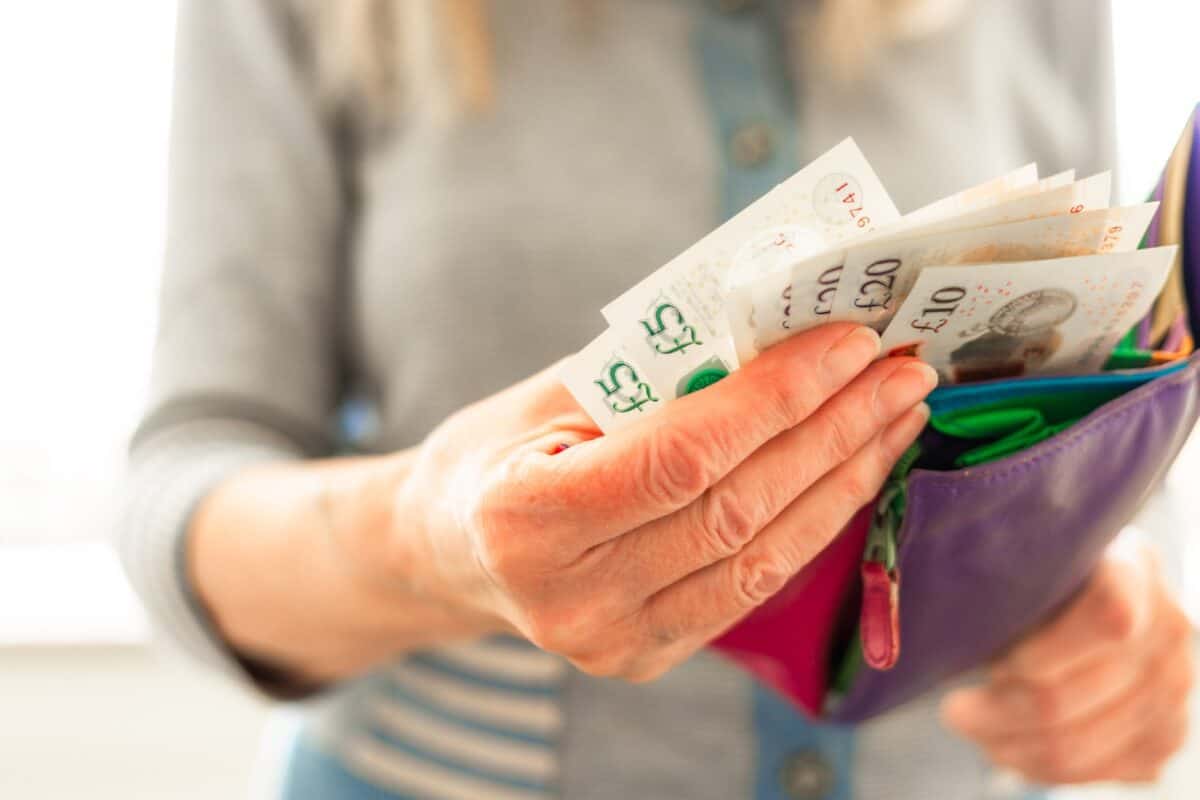Image source: Getty Images
Using an ISA to generate a second income is a simple but potentially financially liberating idea. After all, I could stuff a Stocks and Shares ISA with juicy dividend payers then sit back and hopefully watch the money roll in.
Turning an ISA into a goldmine
My first move would be to set up a Stocks and Shares ISA.
Next, I would prepare to make a regular weekly payment of £180 into it. It is important not to get too fixated on the number. I could invest on a monthly basis instead, and put in more or less depending on my financial circumstances. The point is simply to get into the habit of making regular contributions to my ISA.
Sticking with the £180 as an example, putting that in an ISA each week would give me £9,360 per year to invest.
How compounding dividends can help build wealth faster
But I could invest more money without even upping my regular contributions.
How? By using any dividends I receive.
That is known as compounding. While billionaire Warren Buffett is a very successful investor, his company pays no dividends. That is because it puts the money it earns back into making more money.
Now I realise that may sound like I am missing the point of building a second income. Why put money into the ISA regularly, but take none out?
Actually, I would take it out — but not just yet.
Imagine I invested £180 per week at an average compounded growth rate (thanks to dividends) of 7% each year. After a decade I would already be generating £9,343 annually in dividends from my ISA. I could keep on compounding, or choose to start drawing the passive income at any stage.
Finding income shares to buy
That may not sound complicated. It does not need to be. Indeed, simplicity is the point of earning passive income.
But one thing that could affect my results for better or for worse is the shares I buy in the hope of hitting my 7% yield target (which is well above the average yield of the FTSE 100 right now, although in today’s market I still think is a reasonable goal).
I would invest in a range of different shares, as even the best run company can encounter unexpected difficulties.
Turning the theory into practice — and pounds!
An example of the sort of share I own partly for its passive income potential is Legal & General (LSE: LGEN).
With a yield of 9.2% (yes, 9.2%), the FTSE 100 financial services firm blasts past my target. Its policy is to grow the payout per share every year – currently by 5% and from next year by 2% annually.
Something it is important to understand when buying income shares is that no dividend is ever guaranteed and that includes Legal & General’s. It cut its dividend during the last financial crisis. If another economic storm leads policyholders to withdraw funds, hurting the firm’s profits, I reckon the same could happen again.
But with a large potential market to address, big customer base, well-known brand, proven business model and track record of cash generation, it is the sort of dividend share I like to own.
Credit: Source link














